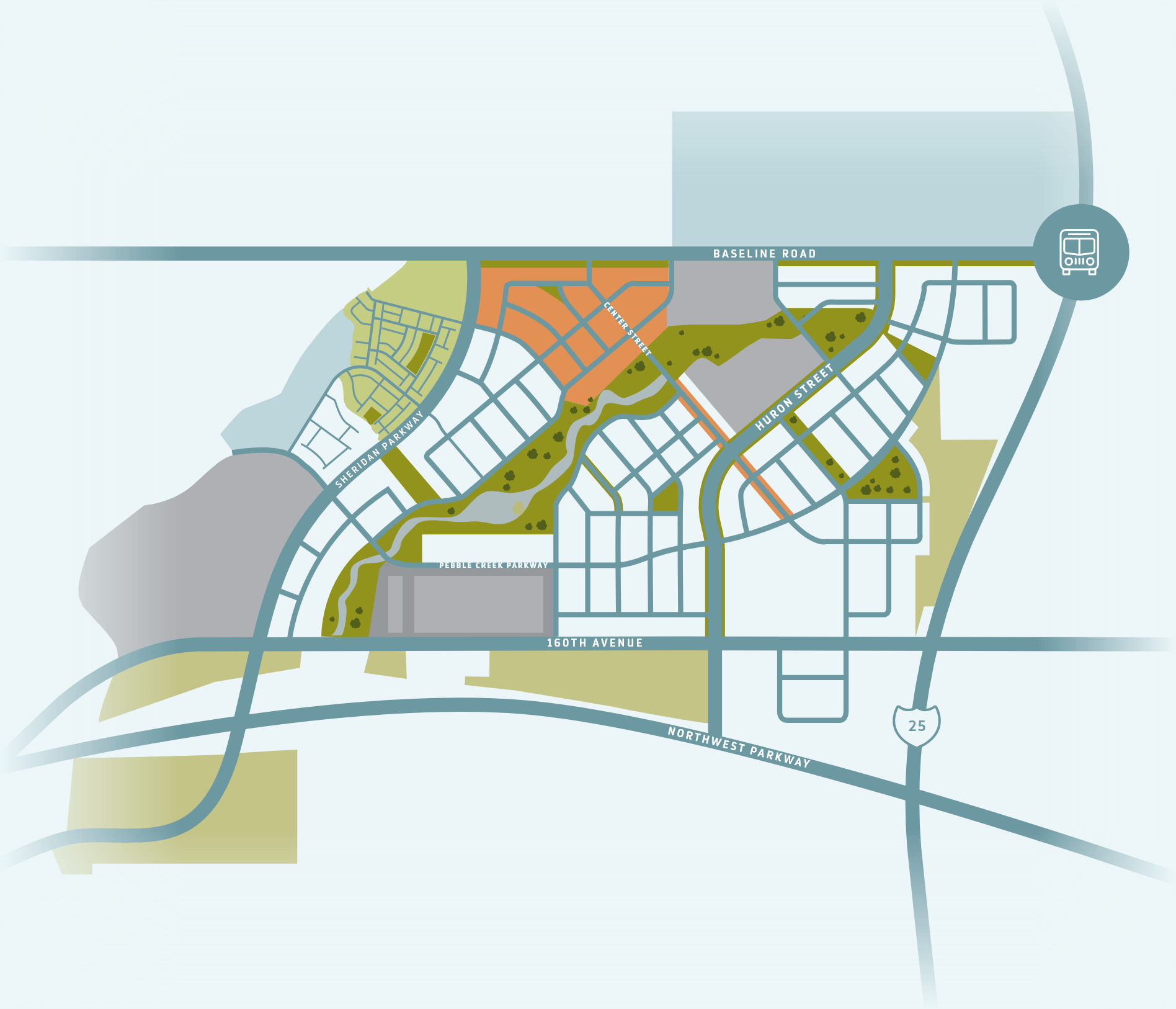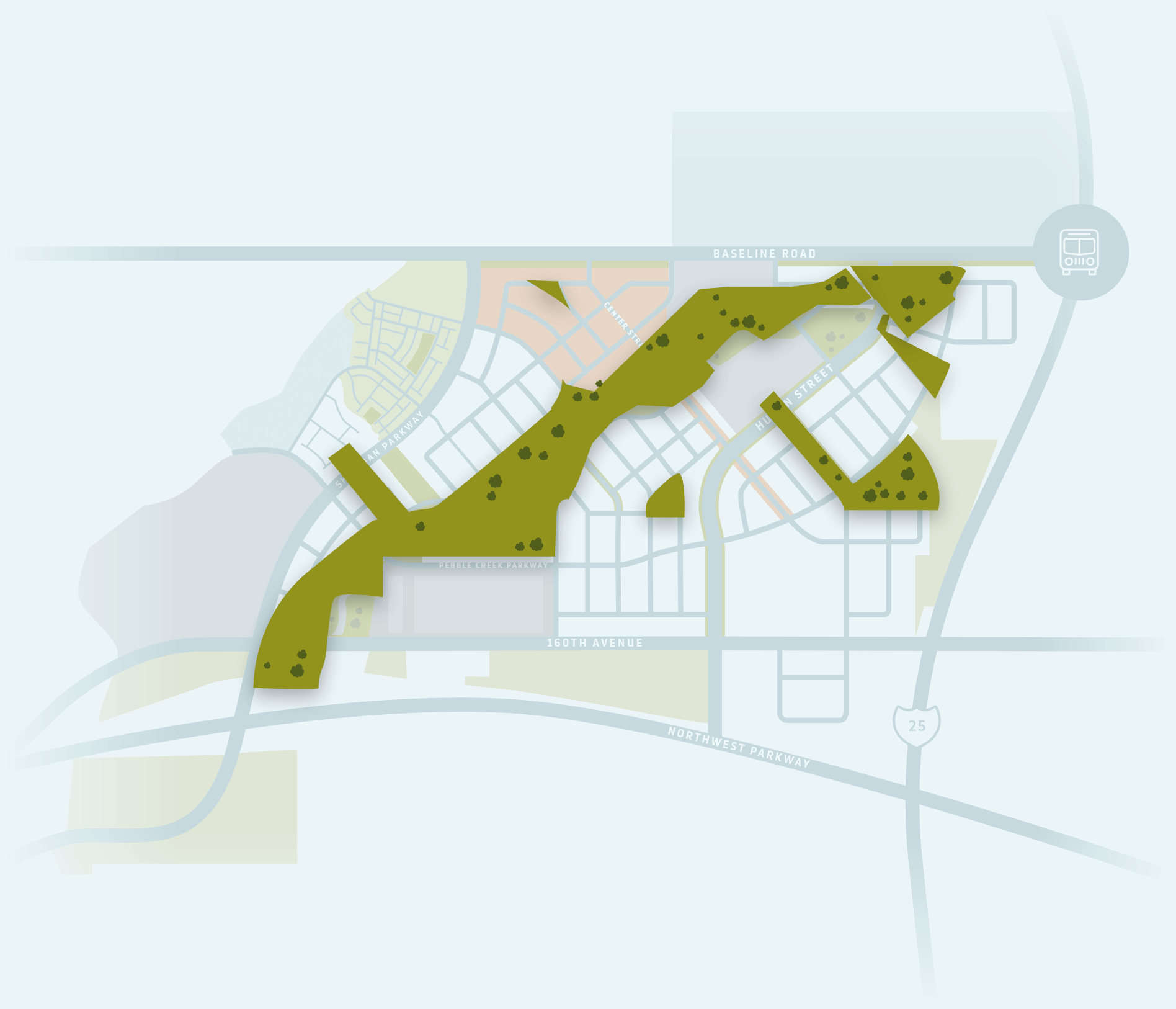Moreover, previous research has posited that credit card debt could be particularly stressful due to its more burdensome interest and payment structures (Drentea and Reynolds, 2012, Zurlo et al., 2014), and that вЂdebt stress’, or be worried about being in a position to pay back what exactly is owed, could be an integral mediator connecting financial obligation with illness (Drentea & Reynolds, 2012). The propensity of short-term loan mechanisms to trap borrowers in endless, and usually compounding, financial obligation rounds could generate repayment worry indeed and anxiety this is certainly especially severe and enduring. Prior qualitative findings from our study that is own somewhere else (Sweet et al., 2018; and Anonymous, In Review), additionally help this idea. Indebted Boston residents we interviewed described intense emotions of anxiety, despair, and psychological and real suffering stemming from their financial obligation as well as the constant handling of household resources that accompanied their efforts to pay for it well. For all among these people, pay day loans (or their comparable) had been a part that is important of financial obligation tale; 32% of these we interviewed had applied for pay day loans and skilled the “loan shark” repayment practices of short-term loan providers as distinctly problematic and “drastic” (Anonymous, In Review). Inspite of the extremely problematic and possibly stressful nature of pay day loans, to your knowledge, just one epidemiological research therefore far has explored the wellness correlates of short-term loan financial obligation (Eisenberg-Guyot, Firth, Klawitter, & Hajat, 2018).
In this paper, we report findings from a research in Boston, MA that explores exactly exactly how experiences that are varied financial obligation map onto wellness, having a focus right right here on short-term loan financial obligation.
In order to expand available information on a selection of wellness results, we investigate associations between short-term loans and numerous emotional and biomarker measures of wellness, including cardiovascular and risk that is metabolic. We hypothesized that, offered their prospective to elicit repayment that is substantial, people who have short-term loan financial obligation could have more undesirable indicators of cardiovascular, metabolic, and psychological wellness inside our test.
Learn recruitment and design
Data result from the quantitative and biomarker supply of the two-phase, mixed-methods research of financial obligation and wellness in Boston, MA. While a youthful stage of qualitative interviews, reported on elsewhere (Sweet et al., 2018) informed the growth of this debt that is comprehensive found in this study, right right right here we concentrate on data through the quantitative stage (period 2, n=286), which explored the partnership of financial obligation experiences with self-reported and biomarker measures of wellness. The study that is overall both for stages of research aimed to fully capture the breadth and variety of financial obligation experiences for Boston area grownups, including different sorts of debts (from pay day loans to charge cards, student education loans, and house mortgages) and varying burdens of quantities owed. While recognizing that financial obligation from short-term loans will probably be overrepresented in low income populations which are disproportionately targeted by these loan providers (Logan & Weller, 2009; Williams, 2008), we additionally wished to account fully for the reach that is growing of financial obligation generally speaking into a wider variety of American households in current decades (Anonymous, 2014). Because of this, our sampling framework would not add any limitations centered on financial status and our recruitment procedures aimed to get a diverse profile that is demographic of residents. As a result, research individuals had been drawn from over the Boston area, however with a top portion originating from Dorchester, the biggest & most diverse neighbor hood in Boston and home towards the city’s only major general public college. Individuals had been recruited via ads posted in public areas areas as well as on general general public transport, and via person to person. Qualified individuals had been between 18 and 64 years old, weren’t present workers regarding the author’s university, and talked proficient English. All possible participants had been screened via phone or e-mail to make sure they came across eligibility requirements before enrollment and provided informed permission just before involvement. Away from 493 phone that is total e-mail inquiries from interested events, 167 (34%) didn’t react to our follow-up communications, 8 (1.6%) had been determined become ineligible upon assessment, 19 (3.8%) dropped down before participating, and https://personalbadcreditloans.net/reviews/loans-angel-loans-review/ 13 (2.6%) contacted us after enrollment had ended; this yielded a sample that is total of individuals (58% of all of the initial associates).
Data collection contains both on line and in-person elements. Individuals finished a questionnaire that is online of demographic questions, an extensive financial obligation questionnaire, and measures of self-reported wellness. Trained workers gathered participants’ biomarker information in a personal workplace at the lead author’s organization. To support those without separate internet access, all individuals had been because of the choice to finish the internet questionnaire percentage of the analysis if they arrived due to their on-campus biomarker visit. No potential participants declined enrollment as a result of access that is internet. All individuals had been paid $50 with regards to their transportation plus time expenses towards the end of the biomarker visit. All research procedures had been carried out beneath the conditions of written informed consent and had been evaluated for ethical remedy for peoples topics and authorized because of the Institutional Review Board in the lead author’s college.
























